Processo Grottesco by Thomas Demand
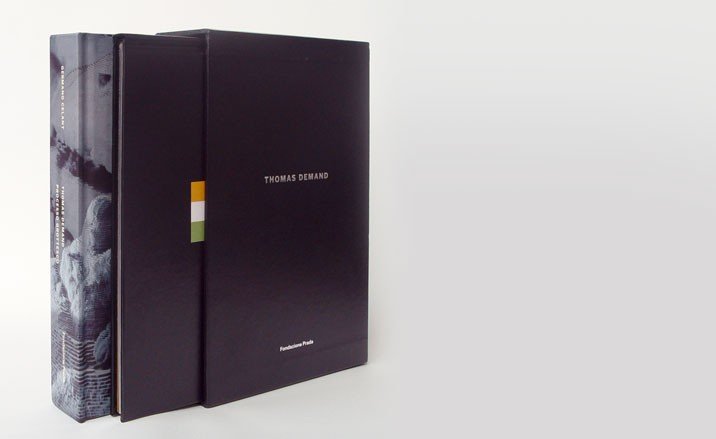
The Thomas Demand boxed set, produced in conjunction with the unveiling at the Fondazione Prada.
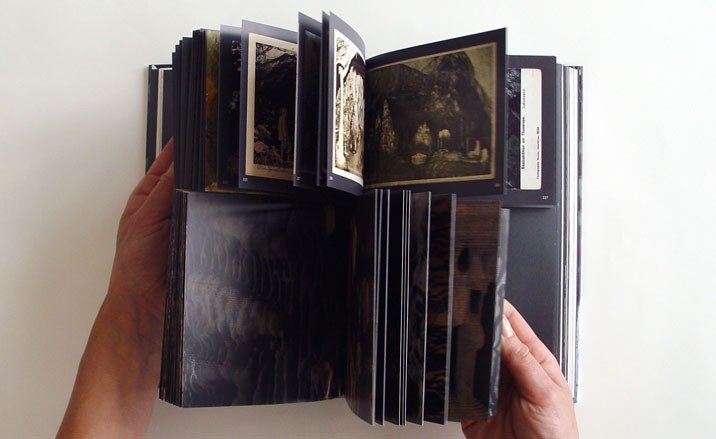
The middle section of the first volume, 'Processo grottesco' is split horizontally: the top section features a selection of postcards and images of grottos, the bottom section shows detail of Demand's 'Grotto' photographs.
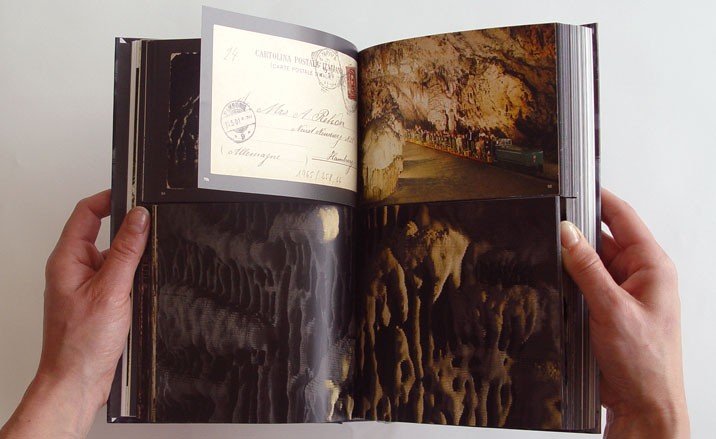
The separate sections enable the reader to view the inspiration behind the 'Grotto' sculpture, alongside the final images.
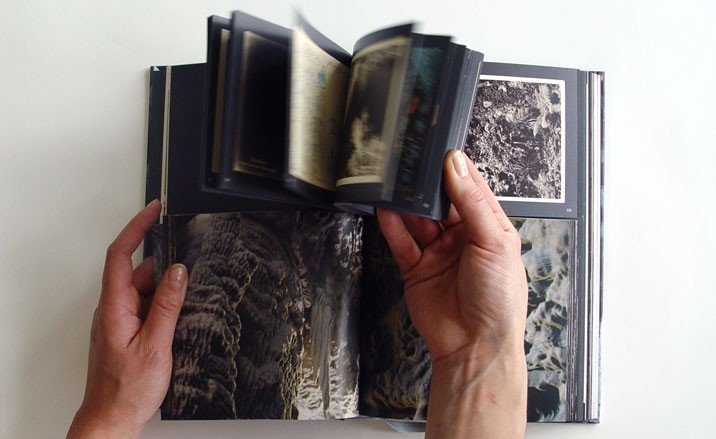
Although the images on top and bottom aren't aligned, it's very clear from flicking through the two sections together where the lighting effects and geological details provided inspiration for Demand's sculpture and photographs.
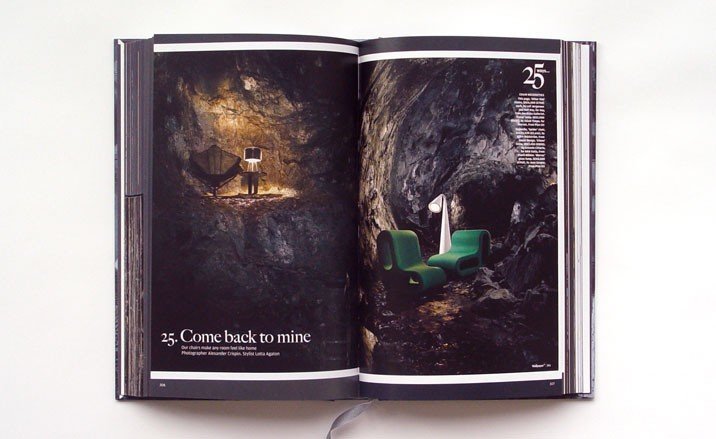
The 'Come back to mine' shoot from Wallpaper* 084 is included in 'Processo grottesco' as part of Demand's back catalogue of reference images.
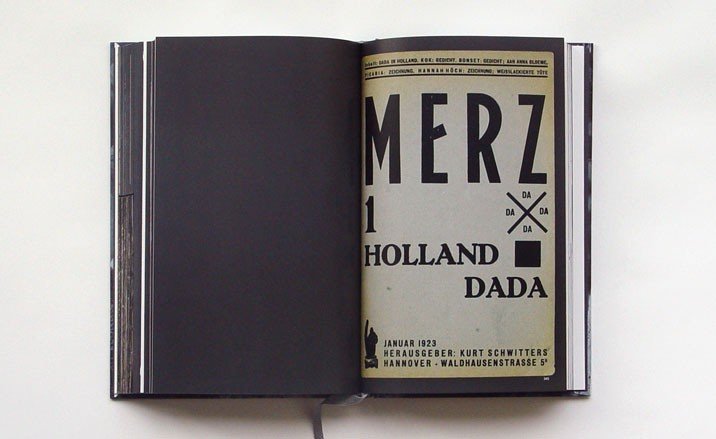
The first cover of German installation artist and typographer Kurt Schwitters' magazine 'Merz', January 1923, which Demand has also included.
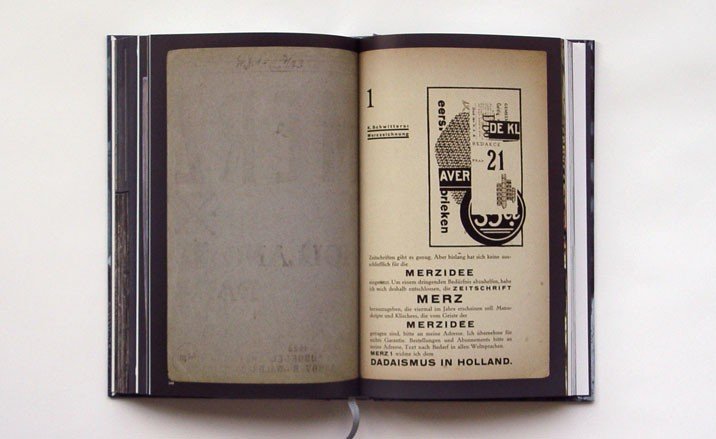
The first page of 'Merz's' first issue. 'Dadaism in Holland' explored the artistic movement in Amsterdam, which was a continued source of inspiration to Schwitters' 'Merz' works: large installations constructed from found objects.
Receive our daily digest of inspiration, escapism and design stories from around the world direct to your inbox.
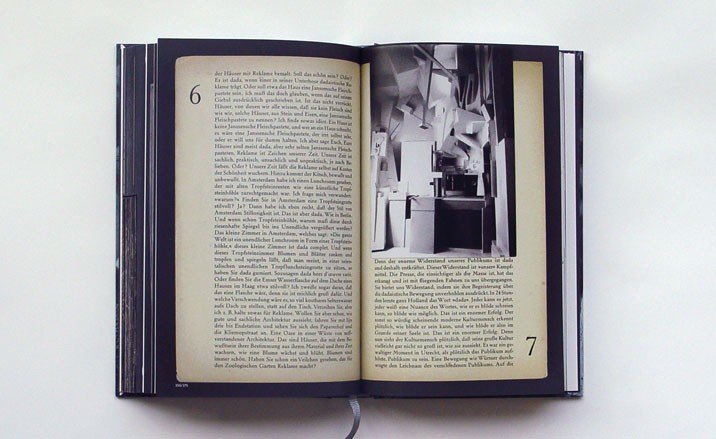
Pages six and seven of 'Merz' show Schwitters' feature about Dadaism in Amsterdam, focusing on his discovery of a lunchroom, decorated to resemble an artificial cave with stalactites.
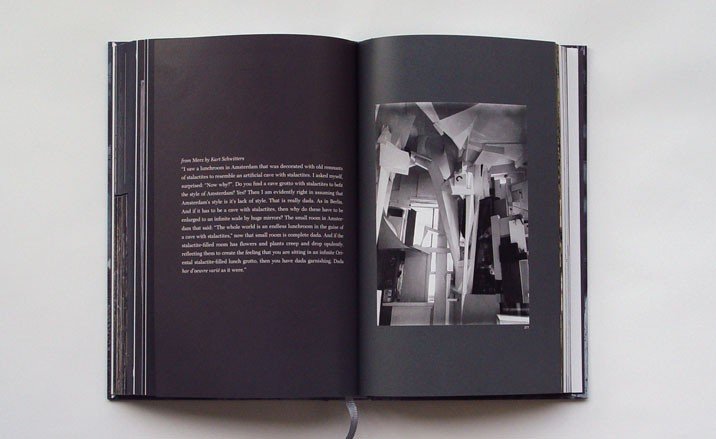
A translation of Schwitters' description of the Amsterdam lunchroom, together with his musings on Dadaism and a detailed picture of the stalactite scultpures.
-
 The Bombardier Global 8000 flies faster and higher to make the most of your time in the air
The Bombardier Global 8000 flies faster and higher to make the most of your time in the airA wellness machine with wings: Bombardier’s new Global 8000 isn’t quite a spa in the sky, but the Canadian manufacturer reckons its flagship business jet will give your health a boost
-
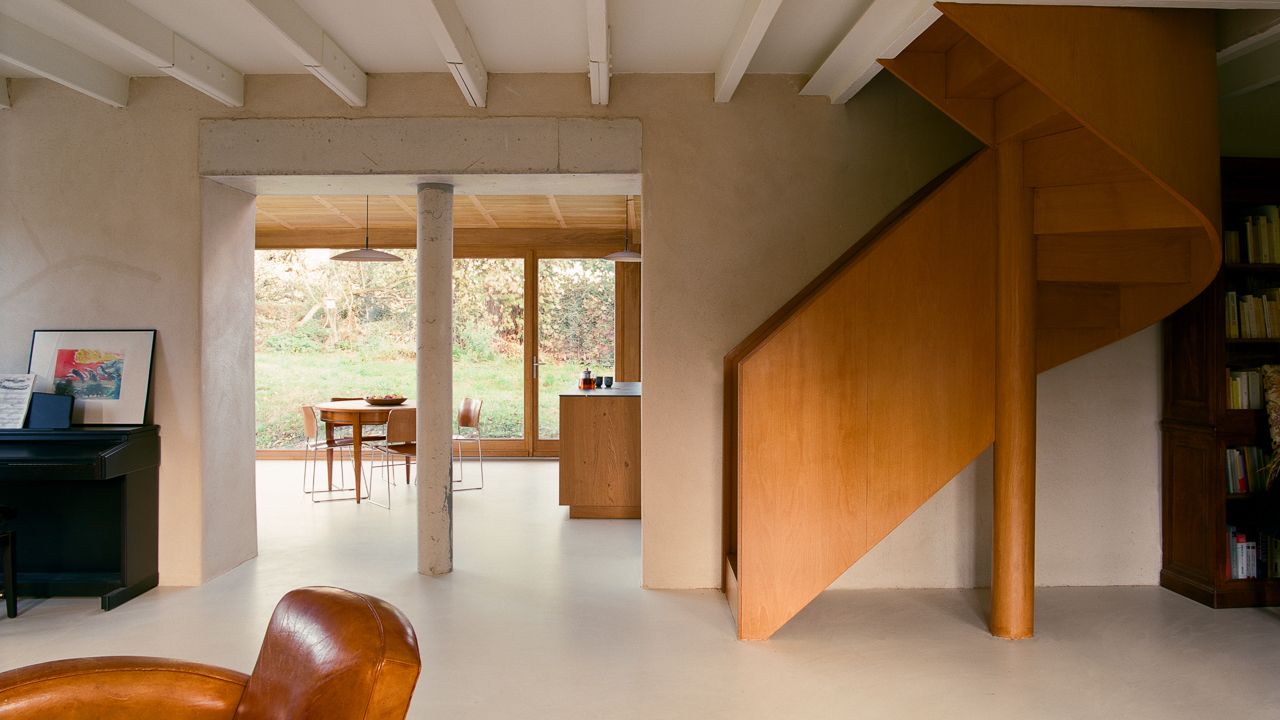 A former fisherman’s cottage in Brittany is transformed by a new timber extension
A former fisherman’s cottage in Brittany is transformed by a new timber extensionParis-based architects A-platz have woven new elements into the stone fabric of this traditional Breton cottage
-
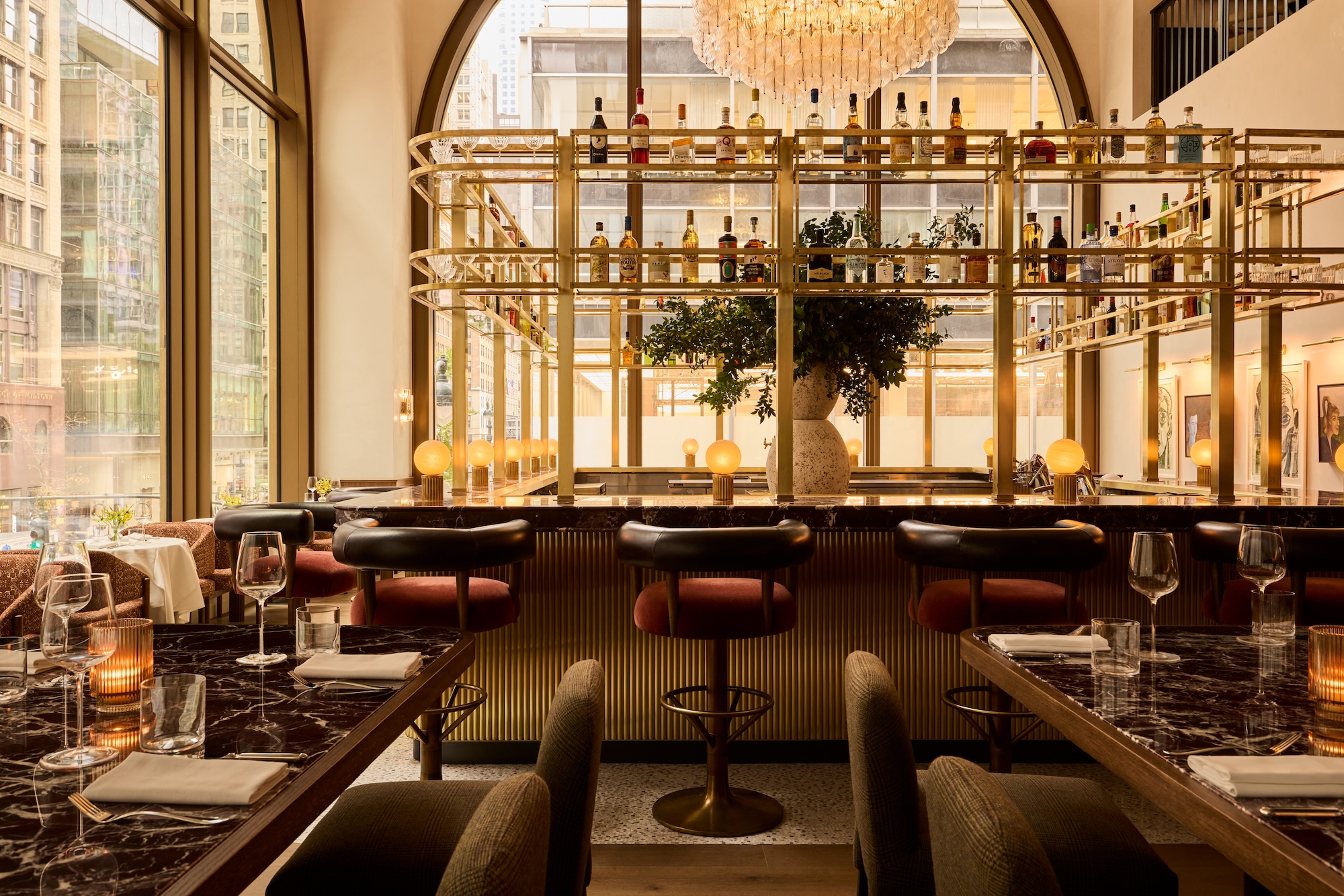 New York's members-only boom shows no sign of stopping – and it's about to get even more niche
New York's members-only boom shows no sign of stopping – and it's about to get even more nicheFrom bathing clubs to listening bars, gatekeeping is back in a big way. Here's what's driving the wave of exclusivity